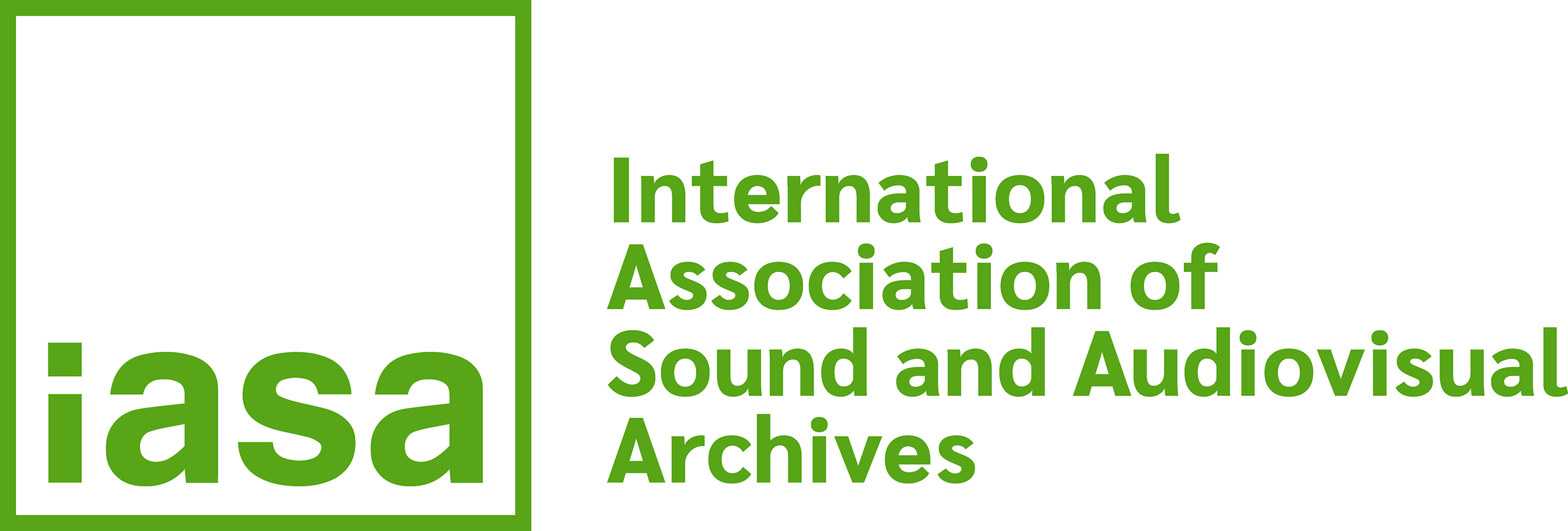5. Conclusions
The objectives of this essay have been to explain what folklore is; to characterize the kinds of occasions on which one can observe, elicit, or document information about and examples of traditional communicative processes and forms; to describe and assess various kinds of documentation techniques; and to discuss the nature of folklore archives and modes of archival organization. This essay differs from other chapters of this book in that it does not focus solely or principally upon sound documentation, but instead illustrates that sound recording is but one of several record-making techniques available to the contemporary folklorist. This emphasis is not intended to minimize the importance of sound documentation, but rather to indicate that the multiple kinds of communicative processes and forms which folklorists study and the ways they can and do go about gathering data require them to select among documentation techniques, with the choice being determined by such factors as availability, appropriateness, research objectives, local custom and belief, and personal preferences.
As noted above, sound recordings have taken their place alongside written documents as the primary research records in contemporary folkloristics. The tape recorder will continue to be important, if not indispensable, to the folklorist, just as it is to those investigators who study other human phenomena; and the availability of greater numbers of sound recordings will no doubt enable folklorists to better understand, and to gain new insights into, the role that audible stimuli play in traditional expressive processes and forms. But records made on magnetic tape will also continue to supplement, and to be supplemented by, memory-trace, written, and photographic records, all of which are needed as folklorists pose and attempt to answer new questions and propose better solutions to age-old problems.


